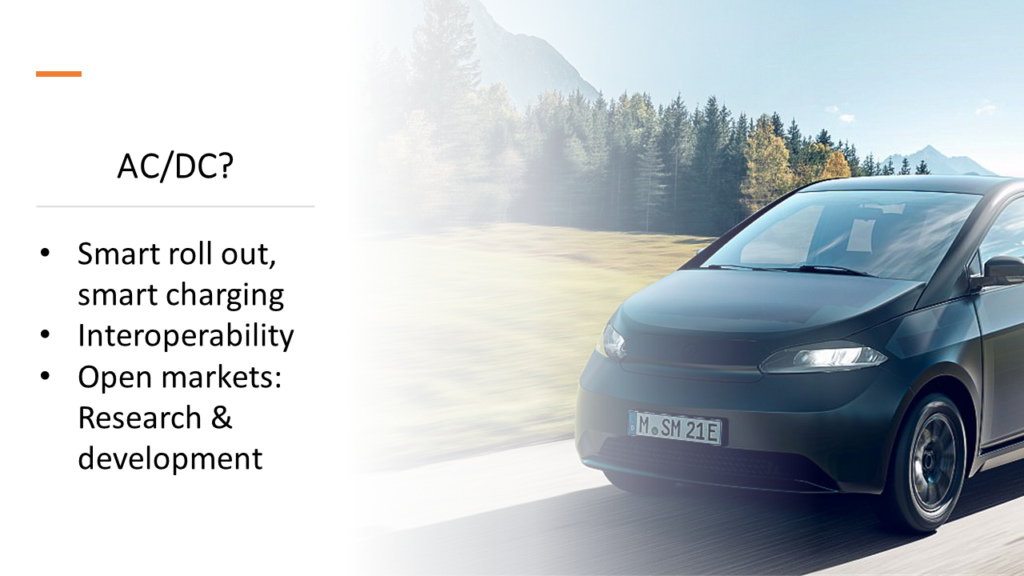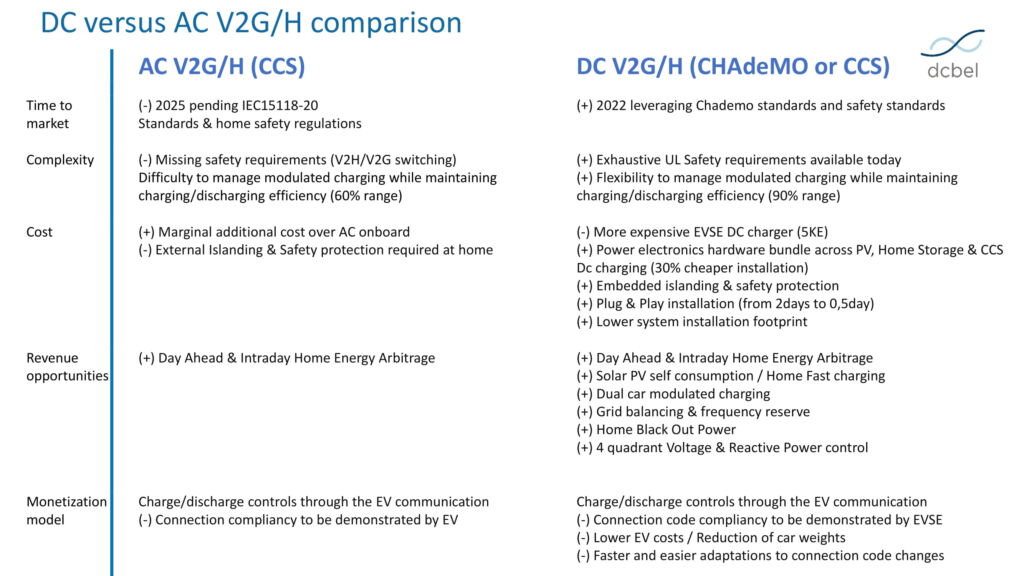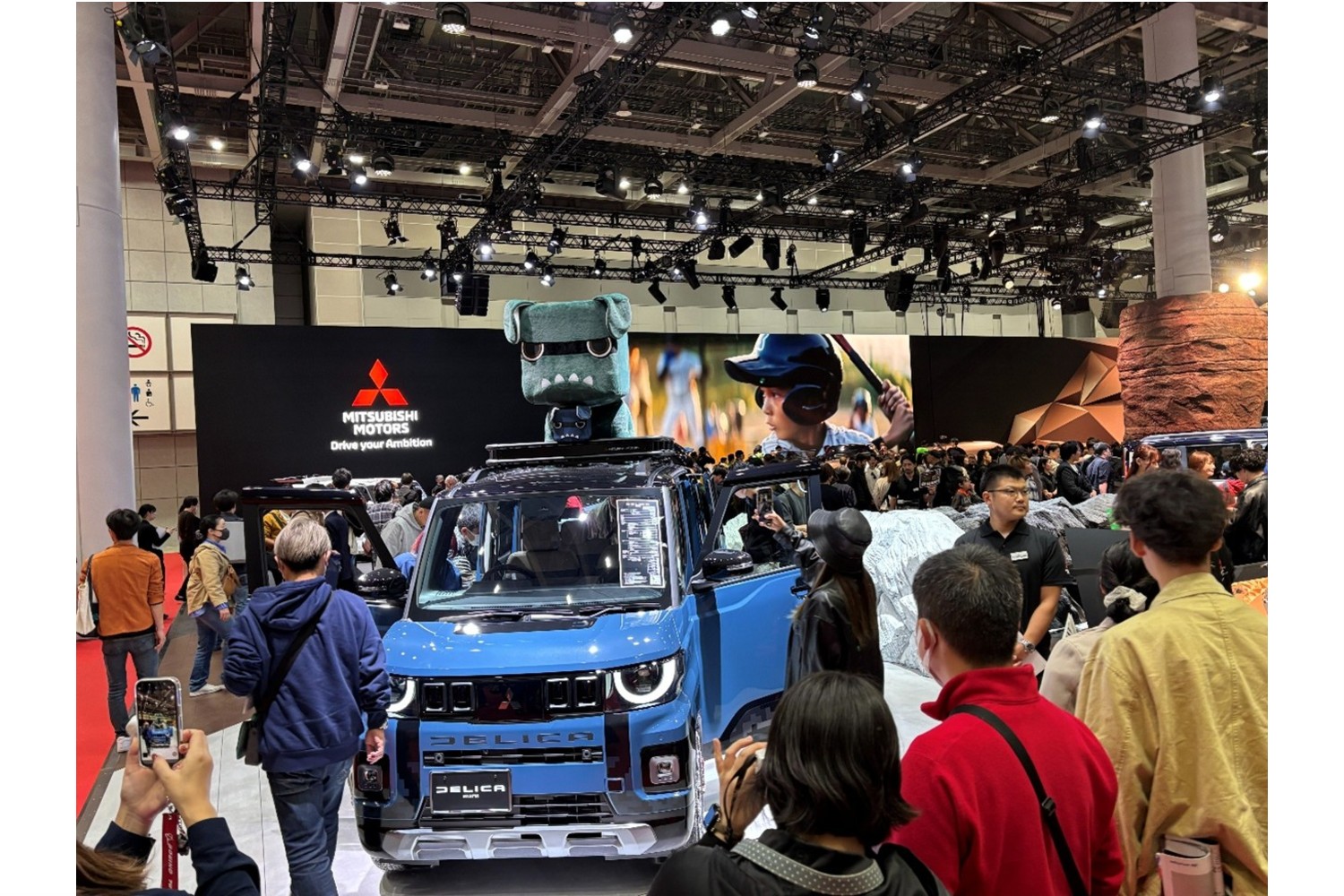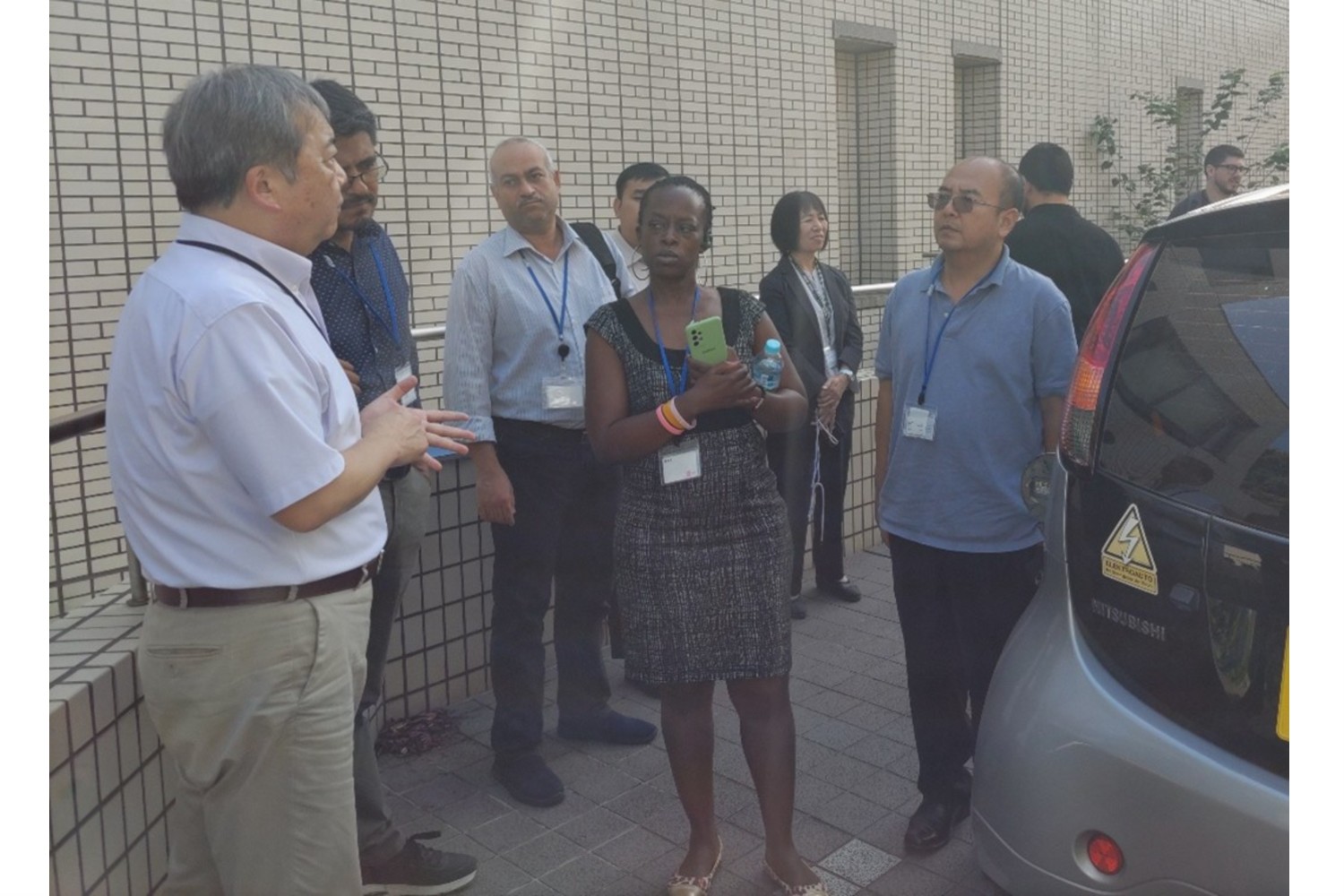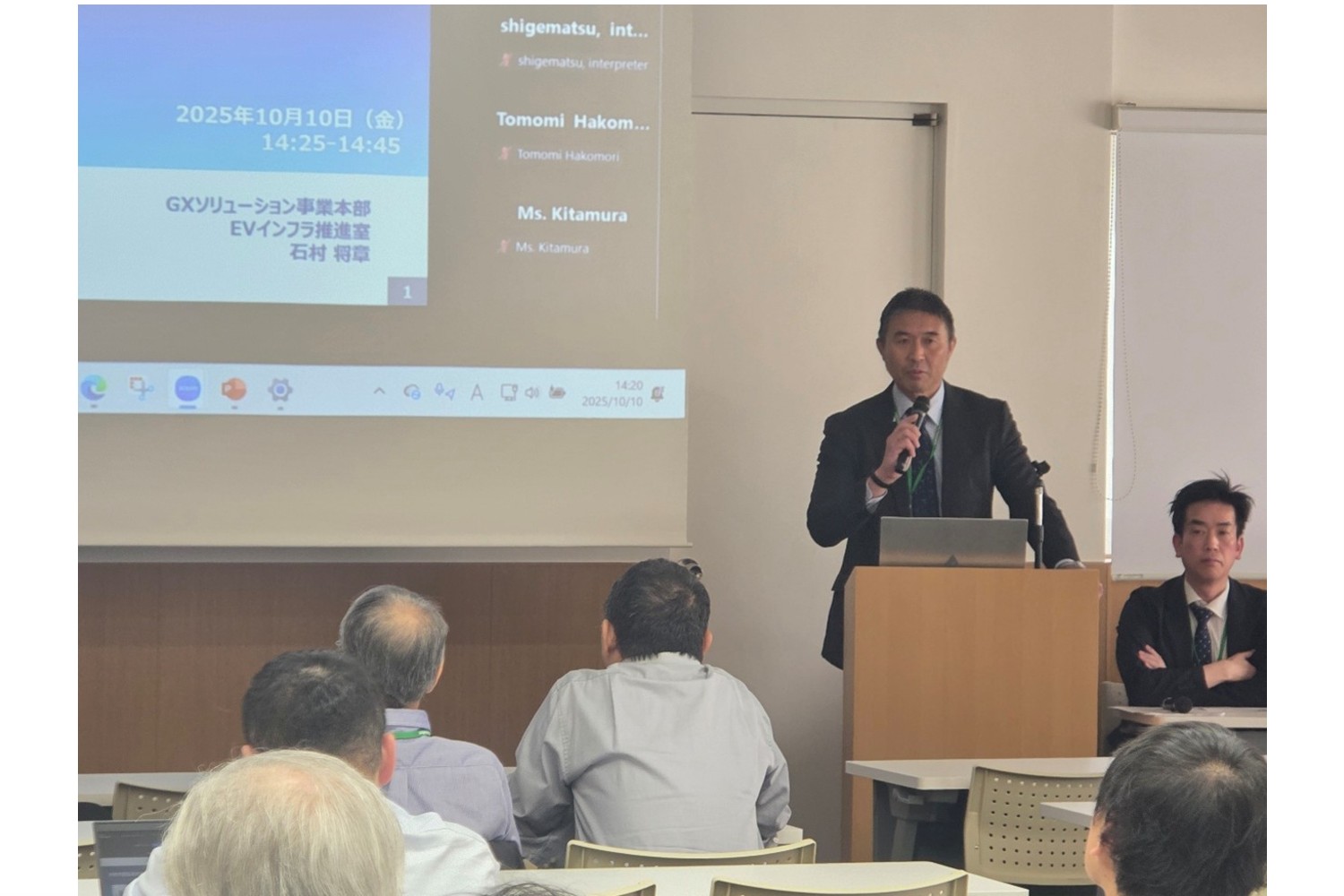AC and DC are both needed solution, but the late validation of ISO15118-20 is slowing the pace of AC V2G deployment in Europe.
The 4th CHAdeMO V2G webinar took place on 9 December 2021. Focusing on V2G using AC and/or DC, speakers compared advantages and disadvantages of these charging technologies, analysed use cases, and explored how best to foster the development of V2G market.
Ms Tomoko Blech, CHAdeMO Europe’s Secretary-General, opened the seminar by stating that CHAdeMO thinks all potential solutions, both DC and AC, should be pursued to provide the needed flexibility to the grid and to help achieve the climate goals as quickly as possible.
Representing a grid operator, Mr Baerte De Brey of ElaadNL, shared the pragmatic approach taken by the Netherlands in the deployment of smart and bi-directional chargers across country. He first highlighted that smart and bi-directional charging solution is very important for the grid operator as this can enable the peak load control while at the same time reducing investments in the grid as well as distribution transformers and cables by roughly 50%.
Mr De Brey then observed that both technologies are needed but could be applied to different use cases: DC for behind-the-meter optimisation and AC for public chargers, for example. He also explained that due to lack of private residential parking, many EV drivers in the Netherlands, especially those who live in urban areas, depend on curbside AC and it made AC V2G a natural choice, but declared that in the end it is best to have an open market and leave this as a choice for the consumers.
Mr Laurent Schmitt at Dcbel, also agreed that AC and DC can co-exist. He however pointed out that DC is the more straight-forward option today because of the late validation of ISO 11158-20 and lack of home safety compliance. He regretted that ISO15118-20 would not be operational until around 2025 and that this would significantly delay the V2G/H deployment in Europe.
Mr Schmitt underscored the complication for EV on-board chargers to comply with the national grid codes which differ from one country to another. The standardisation of AC bidirectional charging into the Grid code would therefore be a particularly complex task, in contract with the DC bidirectional charging where existing Grid code for other devices such as solar inverters almost directly apply. You can find a more comprehensive list of AC and DC comparison in Mr Schmitt's presentation available here. In this list, Mr Schmitt details the advantages and disadvantages from different perspectives such as cost, complexity and revenue opportunity.
Attended by over 130 participants, the webinar was very lively, and the audience showed a strong interest in the issue debated. Over 80% of them requested follow-up webinars on the same topic, going deeper into the technical details as well as market regulatory situations.

